 From the time of the foundation of our Laboratory by Prof. Leon Strzadala, our research group’s leading subject matter has been the study of molecular mechanisms of cell death in normal or cancer cells. Accordingly, our interests are focused on exploring mechanisms of action of anticancer or anti-inflammatory drugs. Recently, it led us to investigate unknown mechanisms of action of DNA methylation and topoisomerase inhibitors. Concurrently, we examine opportunities for using natural compounds like betulin and betulinic acid in anticancer therapy. We also performed a series of studies showing the cytotoxicity of nanoparticles against immune cells. We demonstrated its selective toxicity towards macrophages and discovered events that lead to the induction of cell death.
From the time of the foundation of our Laboratory by Prof. Leon Strzadala, our research group’s leading subject matter has been the study of molecular mechanisms of cell death in normal or cancer cells. Accordingly, our interests are focused on exploring mechanisms of action of anticancer or anti-inflammatory drugs. Recently, it led us to investigate unknown mechanisms of action of DNA methylation and topoisomerase inhibitors. Concurrently, we examine opportunities for using natural compounds like betulin and betulinic acid in anticancer therapy. We also performed a series of studies showing the cytotoxicity of nanoparticles against immune cells. We demonstrated its selective toxicity towards macrophages and discovered events that lead to the induction of cell death.
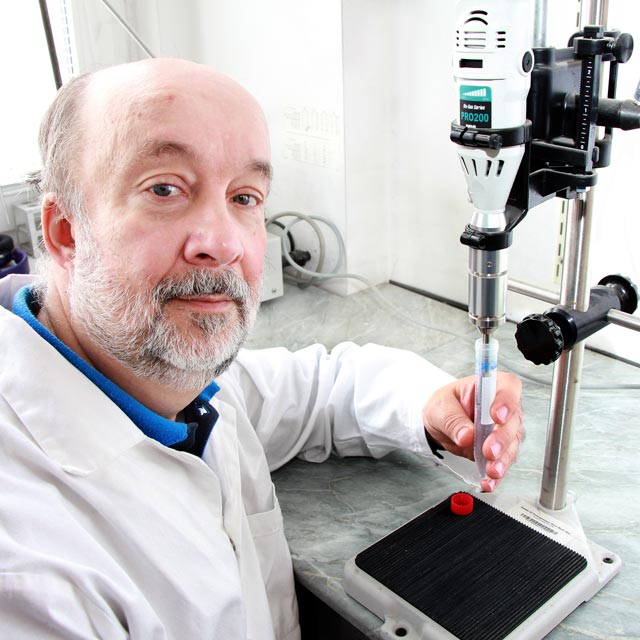 Additionally, our Laboratory, namely Dr. Andrzej Rapak, is engaged in designing and implementing diagnostic tests based on polyclonal and monoclonal antibodies. Such tests are used to detect or measure antigens or antibodies in physiological fluids (urine, serum, or whole blood). In cooperation with BioWet Puławy, two of such ELISA diagnostic tools for screening dogs’ B-cell lymphomas and Enzootic Bovine Leucosis were patented and successfully implemented into veterinary practice.
Additionally, our Laboratory, namely Dr. Andrzej Rapak, is engaged in designing and implementing diagnostic tests based on polyclonal and monoclonal antibodies. Such tests are used to detect or measure antigens or antibodies in physiological fluids (urine, serum, or whole blood). In cooperation with BioWet Puławy, two of such ELISA diagnostic tools for screening dogs’ B-cell lymphomas and Enzootic Bovine Leucosis were patented and successfully implemented into veterinary practice.
We can take advantage of our practical knowledge of the methodology of cell death assessment in the studies of the biocompatibility of new materials: simple and complex nanoparticles, liposomes, or bioactive coatings that can be further applied in bioengineering. Because our team consists of people of diverse backgrounds, we can be part of multidisciplinary projects in the matter of medicine, chemistry, veterinary sciences, and material engineering.



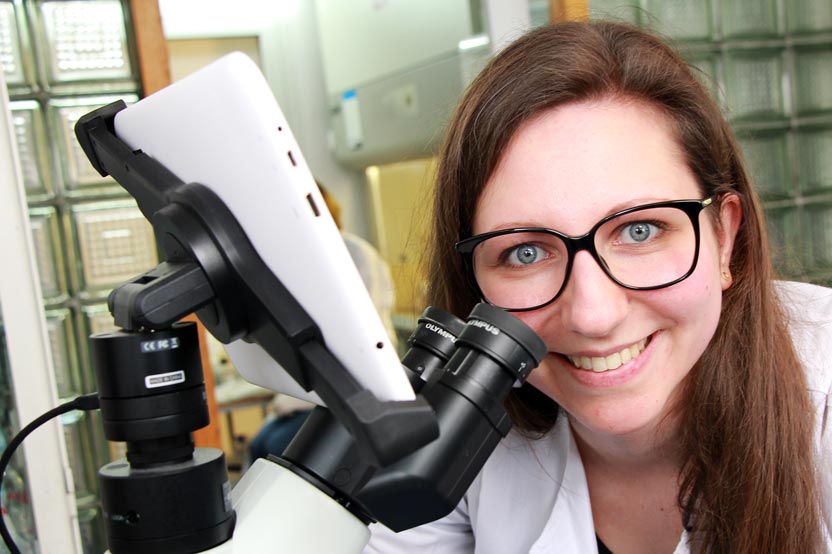
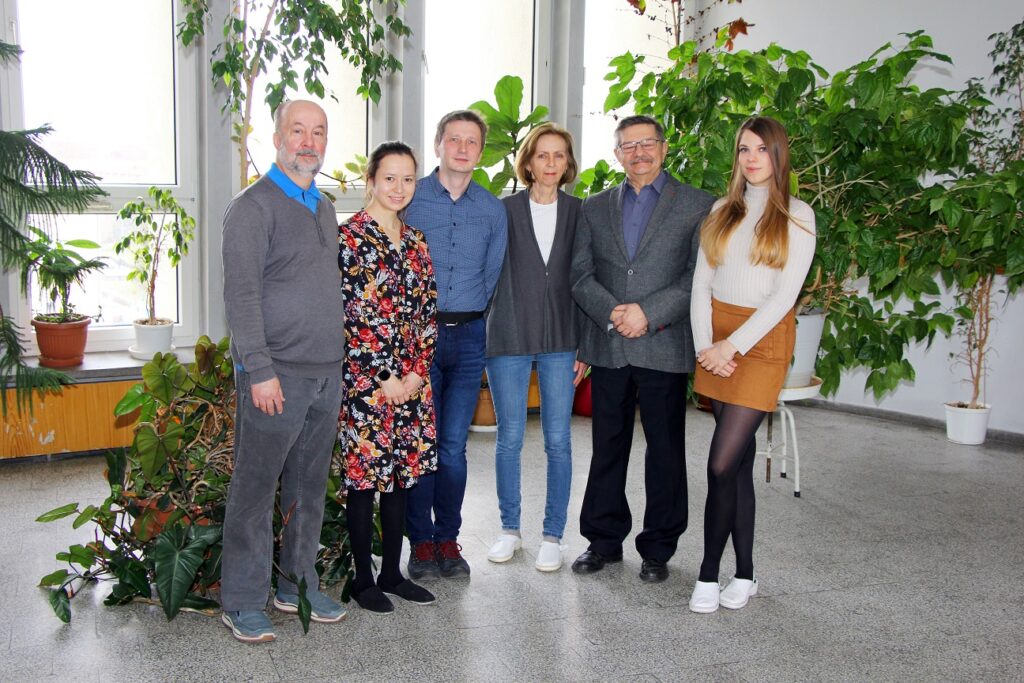

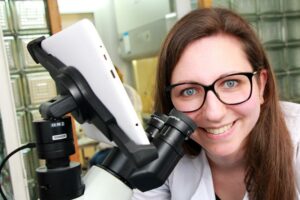
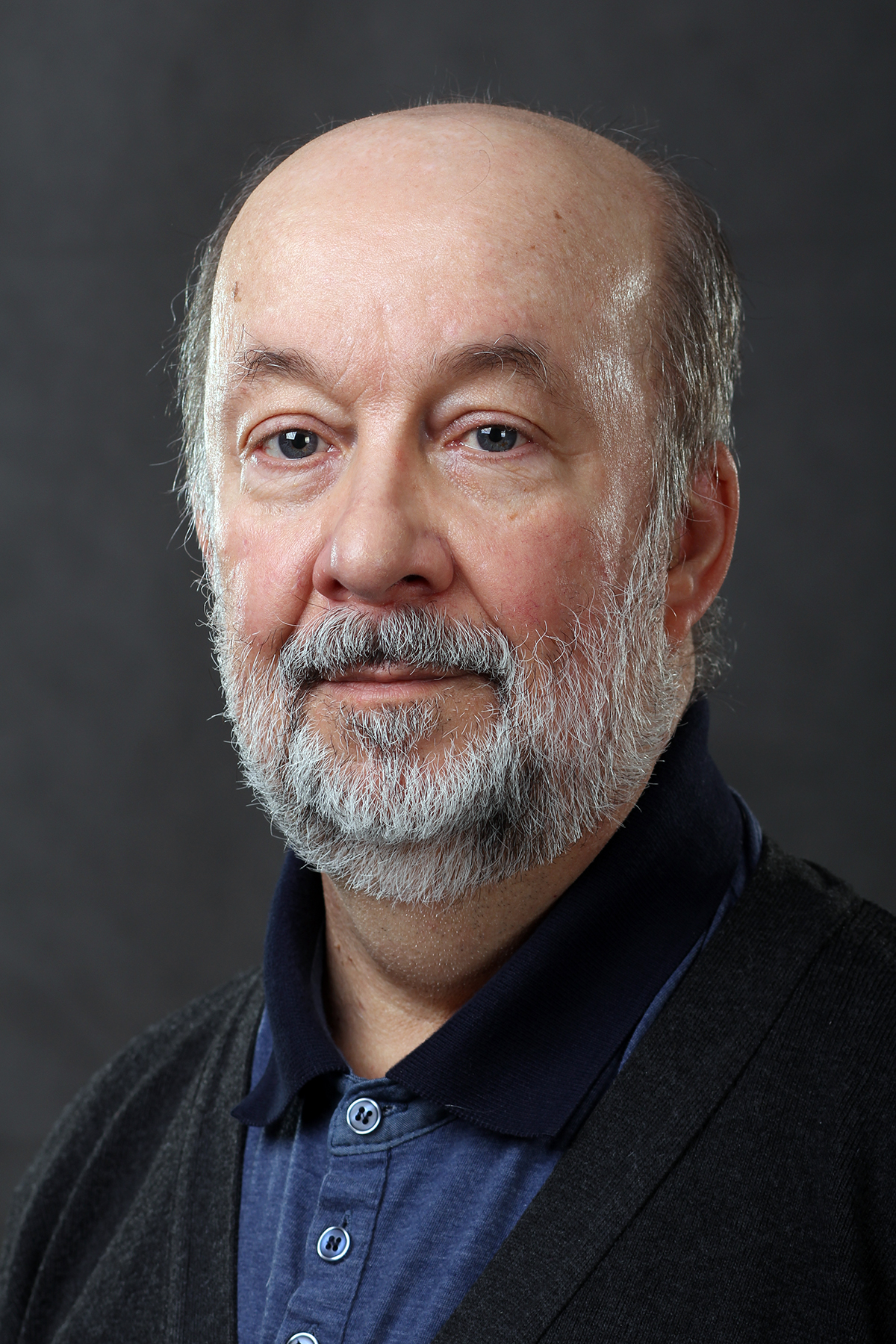 Acting Head : Andrzej Rapak, PhD, DSc (
Acting Head : Andrzej Rapak, PhD, DSc (